
Over the years, various cities around the world have developed a series of innovations to use GBI to provide services to citizens. However, the introduction of new ideas, such as GBI, does not always come easily. Innovations tend to suffer opposition from different fronts, as they can replace existing “gray infrastructure” solutions and consequently affect the organizations and individuals that benefit from them. On the one hand, there is an initial mistrust that the GBI solution would be as good as, or better than, the traditional infrastructure solution. The existing status quo of the regulations and standards tend to use the solution that already exists instead of trying something new, and sometimes uncertain.
There are risks involved as GBI is not a consolidated mainstream practice everywhere. The public bureaucracy is used to traditional engineering solutions, as it is the way they were trained to provide the solution to urban problems. One of the major challenges to advance GBI in cities is the need to provide evidence about the functions of the GBI as compared to the traditional gray (cement) infrastructure. As there are no agreed general standards for GBI, it is difficult to make comparisons with traditional infrastructure. For example, if a city needs infrastructure for flooding control, it could opt between a traditional underground pool to buffer the rainwater or an artificial wetland using GBI. The underground pool has technical engineering parameters that the city can use for specifying the terms of reference. There are agreed methods to estimate the volume of water that can be buffered, how the system would work, and even the amount of cement that will be needed for the size of the pool. In the GBI, there is no agreed methods for a technical estimation to determine the standards of the GBI, for example, the parameters for determining its size, what kind of plants should be used, and the amount of water it could buffer. Thus, the development of engineering standards for the various GBI is key for the widespread use of them in cities.
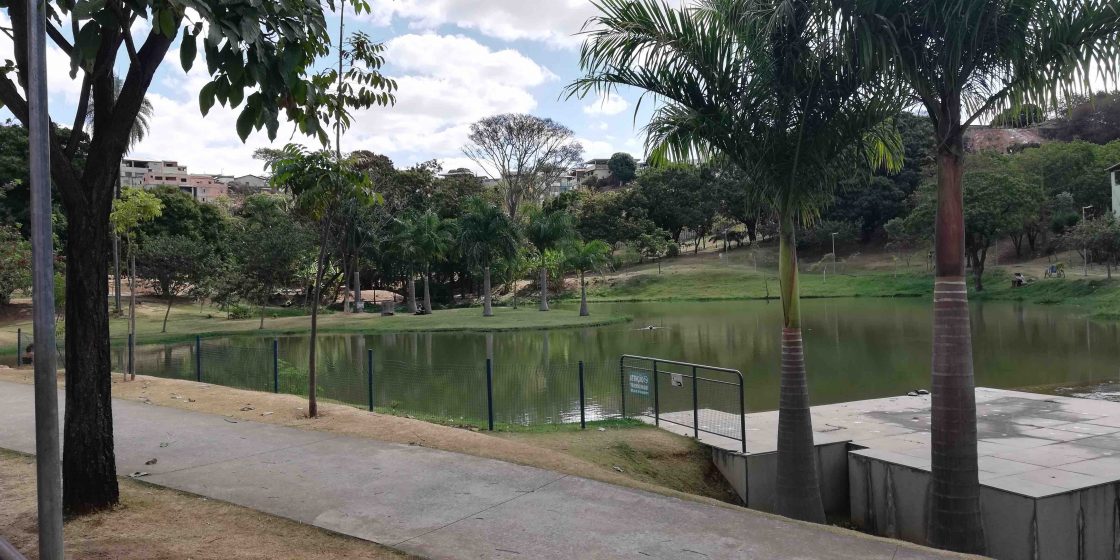
Another obstacle for the dissemination of GBI innovations in cities is related to the political economy of the transitions between gray and green and blue infrastructure. GBI innovations could replace or weaken the established organizations and individuals in the infrastructure sector. There are different kinds of interests that could be affected by the changes in GBI. In many cities, some of the most powerful economic and political actors are the construction companies, which build urban infrastructure. They employ a large number of workers and contribute to a significant part of the urban economy. Construction companies are also powerful political actors. They have close connections with politicians and bureaucrats. They generally donate to political parties and are linked to powerful lobbyists. GBI could imply cheaper solutions to urban problems, which would go against the interest of the construction companies if they are not prepared to take part in the GBI business. GBI also would require different kinds of professionals, such as experts in plants and ecosystems to plan, build, or maintain GBI. This could replace a large number of employees from the construction companies generating resistance from the worker’s group.
Therefore, the transition to the widespread use of GBI in cities is a long process of innovating and experimenting, as well as convincing the different internal and external actors about the economic and technical viability and potential benefits of GBI as compared to the traditional infrastructure. Thus, there is a need to have support from the city leadership and continuity in the process of change. Internal actors in the city government and administration would have to be convinced, and maybe see the political and economic gains, to support GBI innovations. Organizational arrangements would also need to change to allow for the use of GBI. External actors, such as financial institutions and construction companies, would need to be part of the innovation process as well. Finance institutions are conservative in the risk analysis of the investments and generally have strict rules for lending. Managers have fiduciary responsibility and are accountable for their decisions.
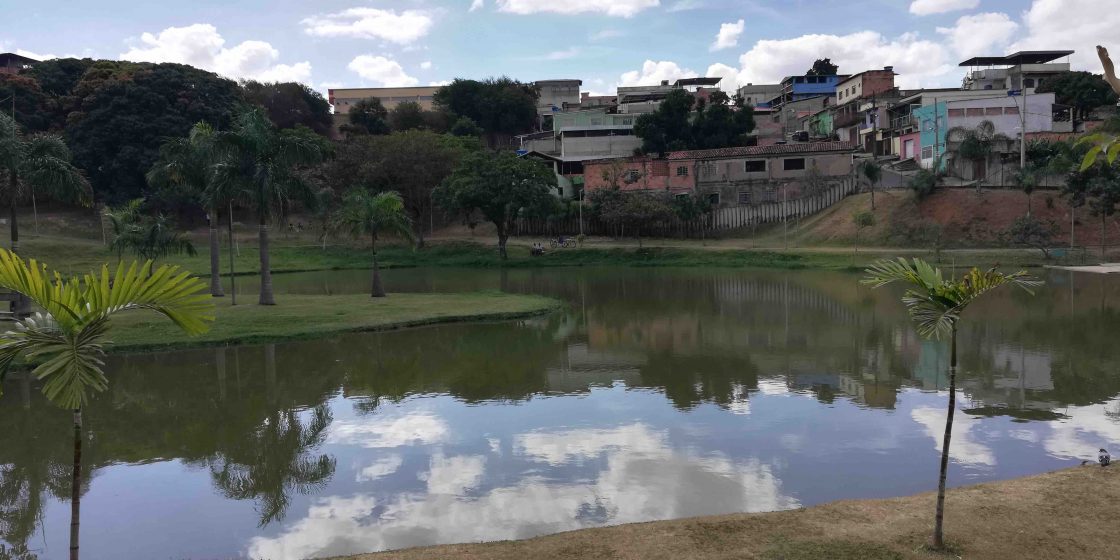
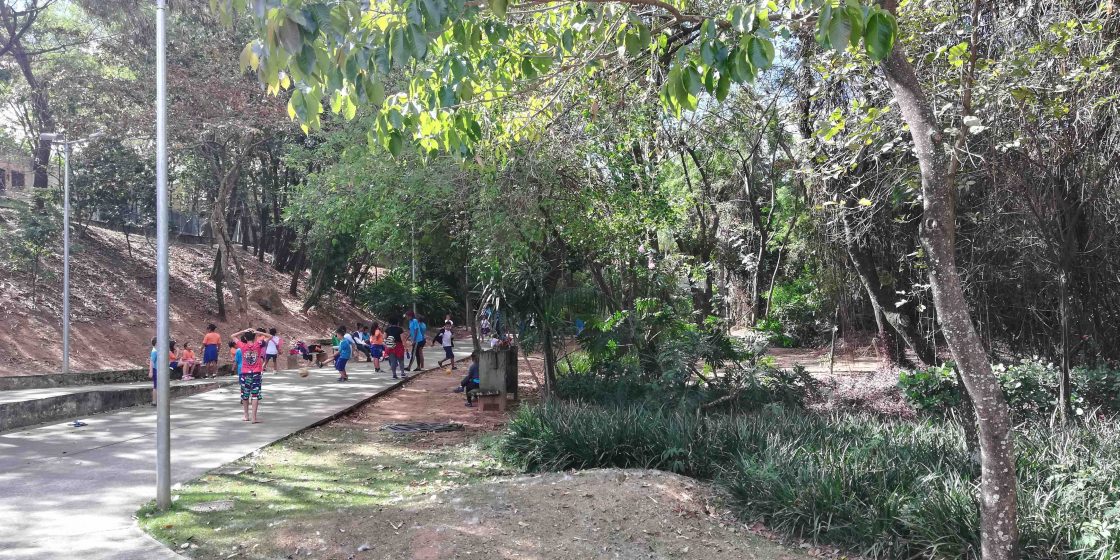
The example of the municipality of Belo Horizonte, the capital of the state of Minas Gerais in Brazil, provides insights on this long process of innovation in GBI. The city started experimenting with certain types of GBI in the early 2000s and took more than a decade to establish a solid policy for prioritizing GBI as solutions for certain urban problems in a drainage program called DRENURBS. Belo Horizonte has developed an approach to avoid the canalization of streams and prioritize the use of green and blue infrastructure in the city’s drainage system. The approach was developed along the years with a series of interactions among the different stakeholders involved in the drainage infrastructure, such as different city government offices, financing institutions, such as the Interamerican Development Bank, and communities affected by flooding. The main innovation in the DRENURBS drainage program was the idea of resettling communities affected by flooding and creating drainage systems on the land using GBI, instead of the previous gray infrastructure approach that was to cover and channel rivers in underground pipes and resettle people back on the top. In the short term, this gray solution could work, but the experience in the city showed that, in the long-term, floods would happen again. The capacity of an underground river would not generally be able to canalize the increasing volume of water that would come with the impermeabilization of other areas in the region.
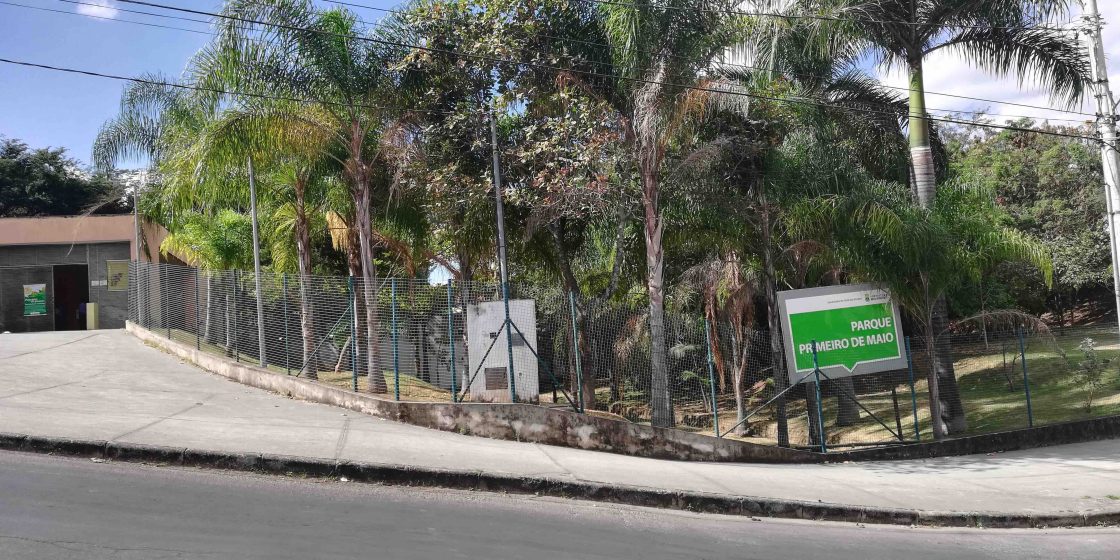
Over the years, the innovative policy of avoiding covering the rivers (DRENURBS), which was initially an experimentation, became mainstream in the city. A series of laws and regulations were developed to establish GBI as the main solution to prevent flooding of the rivers and other water bodies in the city. This policy also had an impact on innovation in public policies, by rearranging the relations among the different stakeholders and innovative financial mechanisms. The changes in the way of developing drainage systems also brought a series of investments in other areas that improved the quality of public services in the region. For example, sewage treatment, a state responsibility through the Minas Gerais’ water and sewage company, COPASA, was just ignored before and allowed to go untreated in the underground pipes. The use of GBI requires treatment of the sewage as there could be a health risk in the new parks. Thus, the city made an agreement with COPASA to invest city money in a sewage system in exchange for part of the water and sewage bills from the households in the city. They created a co-financing mechanism with part of the sewage bills collected by COPASA to invest in flooding prevention. The sanitation committee was strengthened with a sanitation fund with resources from the COPASA agreement.
The innovation using GBI could also generate various co-benefits for the communities around the river. The drainage infrastructure, besides flooding prevention, also offers space for recreation, generally in poor areas with a lack of green spaces, as well as centers for biodiversity education for schools and areas for biodiversity preservation. Many of the parks have a social function of bringing the community together for weekend activities. These benefits for the community reinforced the importance of DRENURBS.
Belo Horizonte suffered severely with the floods in January 2020, particularly in the areas that had their rivers canalized under the pavement, but the areas with GBI were much more resilient. Moreover, the initiation in Belo Horizonte changed the way IADB finances drainage systems. Initially, IADB was skeptical about the natural infrastructure for drainage but later was convinced about the benefits in terms of the costs and indirect impacts of the GBI. Nowadays, IADB finances such kinds of infrastructure in several countries across Latin America.
The implementation of the DRENURBS program required significant efforts in the articulation of the various organizations and changes in the way the city approached the solutions to urban problems. The traditional engineering approach of removing the communities temporarily for the construction work and bringing them back in at the end of the process was straightforward and well established in Belo Horizonte, like in many other cities of the world. The new approach needed a multidisciplinary approach with a length plan and long interaction with the communities. The values saved with the lower costs of GBI would not compensate for the need to acquire land to resettle the communities permanently around the area. There was a long process of negotiation with the communities affected by the intervention in order to convince them about the benefits of leaving their homes for new buildings in the region. There was a tremendous risk the process could be stalled for years, which also costs large amounts of money. However, over the years, the city developed the capacity to work with communities by building a more interdisciplinary team to deal with the new approach. The engineering solution of the past was replaced over time to become a multi-actor and transdisciplinary approach to the urban problem of flooding and rain drainage.
José A. Puppim de Oliveira, with Leon Norking and Carlos Rigolo
São Paulo

about the writer
Carlos Rigolo
Carlos Eduardo Rigolo Lopes graduated in Social Science with a specialization in Environmental Management and is currently a master candidate in Public Policy and Management at Getulio Vargas Foundation. He is dedicated to understanding the governance behind urban rivers and works as a consultant supporting social-environmental commitments in Amazon.

about the writer
Leon Rangel
Leon Norking Rangel holds a Bachelor’s in International Relations from the University of São Paulo and is currently pursuing the Master of Public Policy and Management at Getulio Vargas Foundation, with specialization in environmental policy. His main research interests are environmental restoration policies and the interaction between infrastructure and environmental politics.

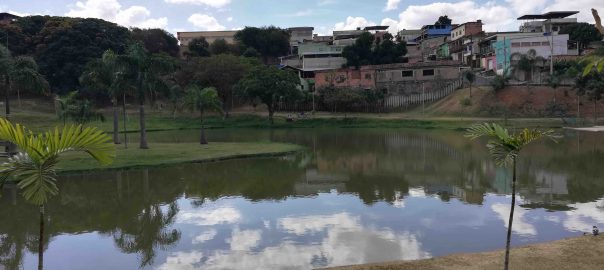









Add a Comment
Join our conversation